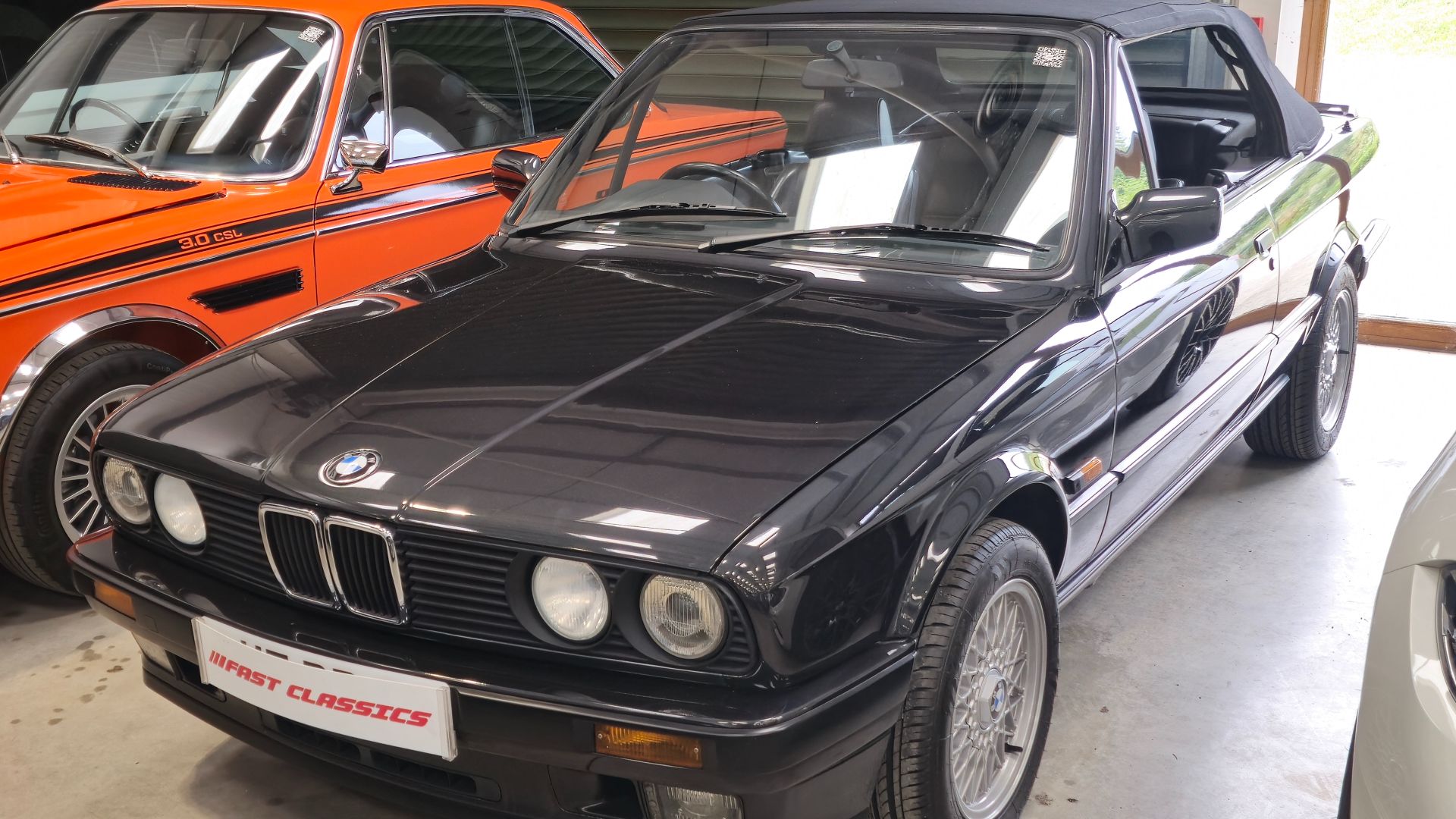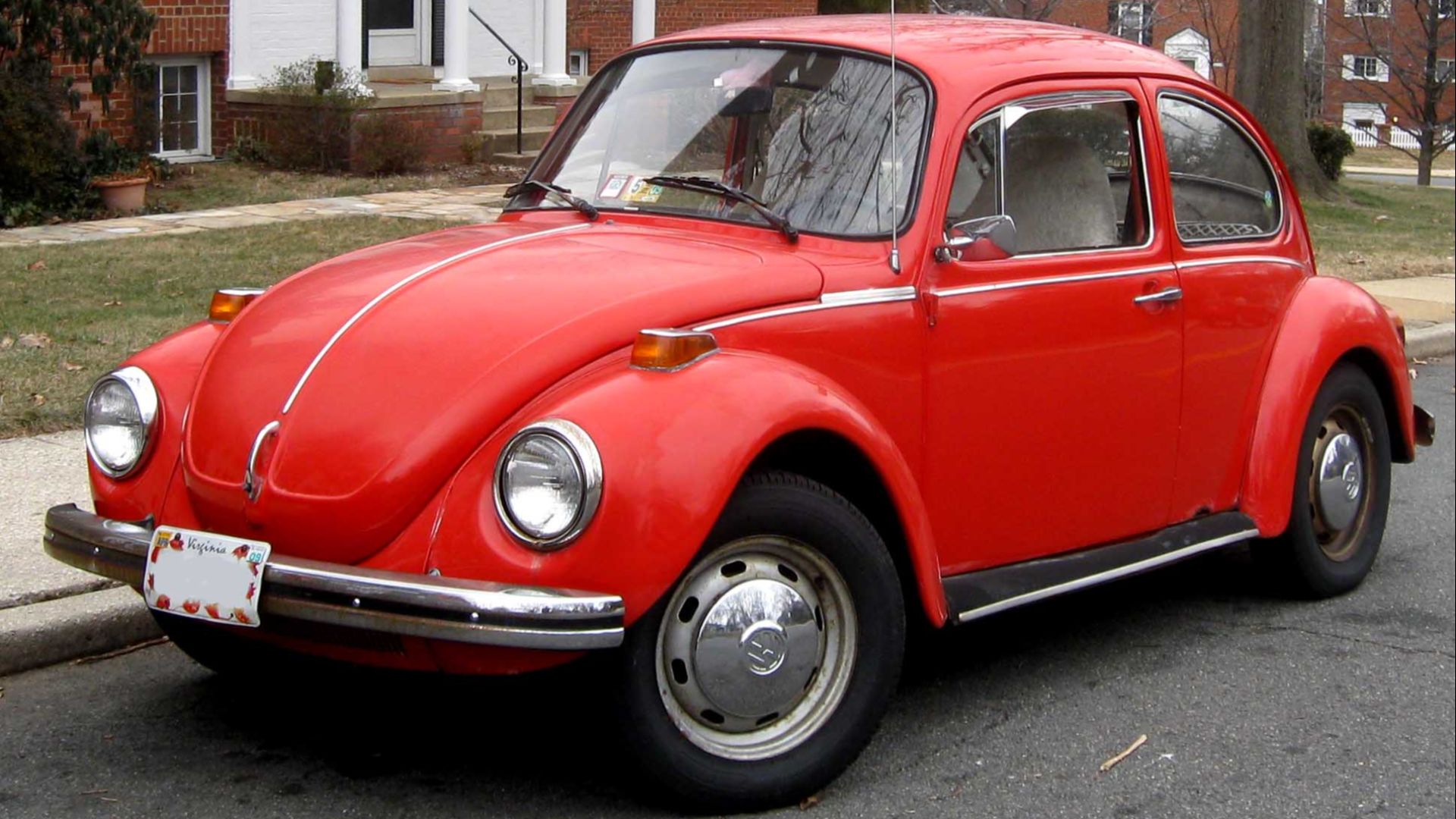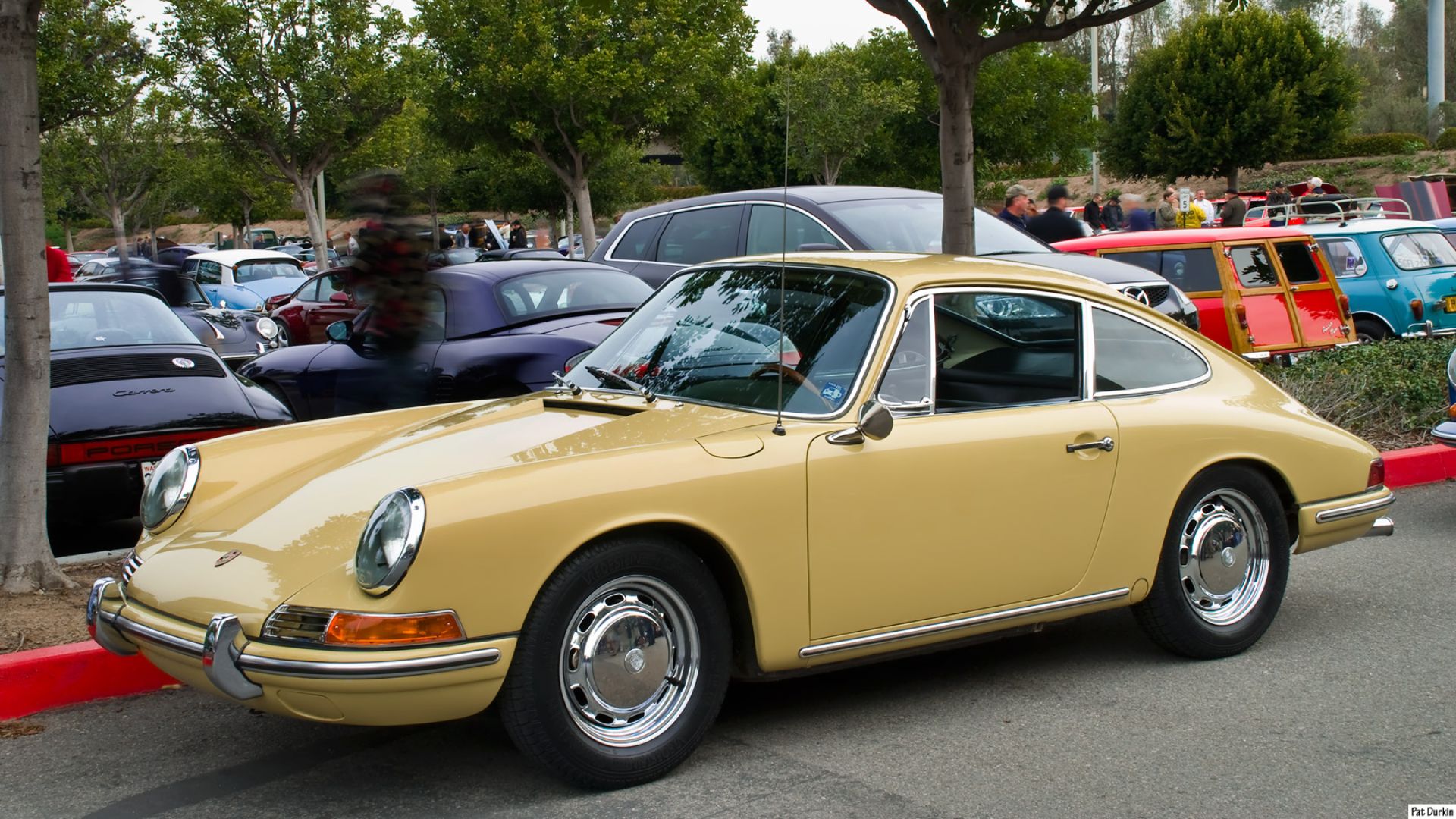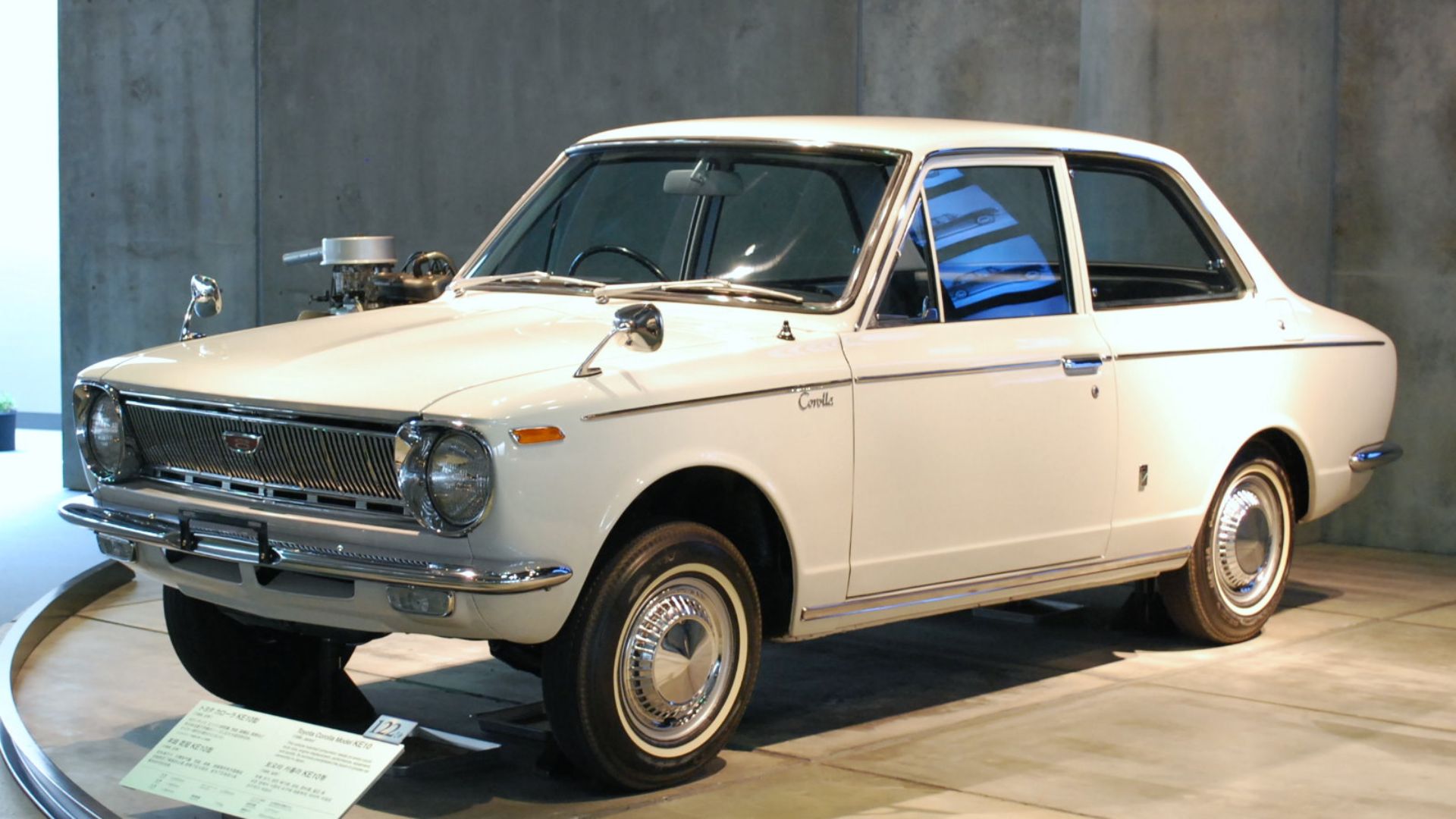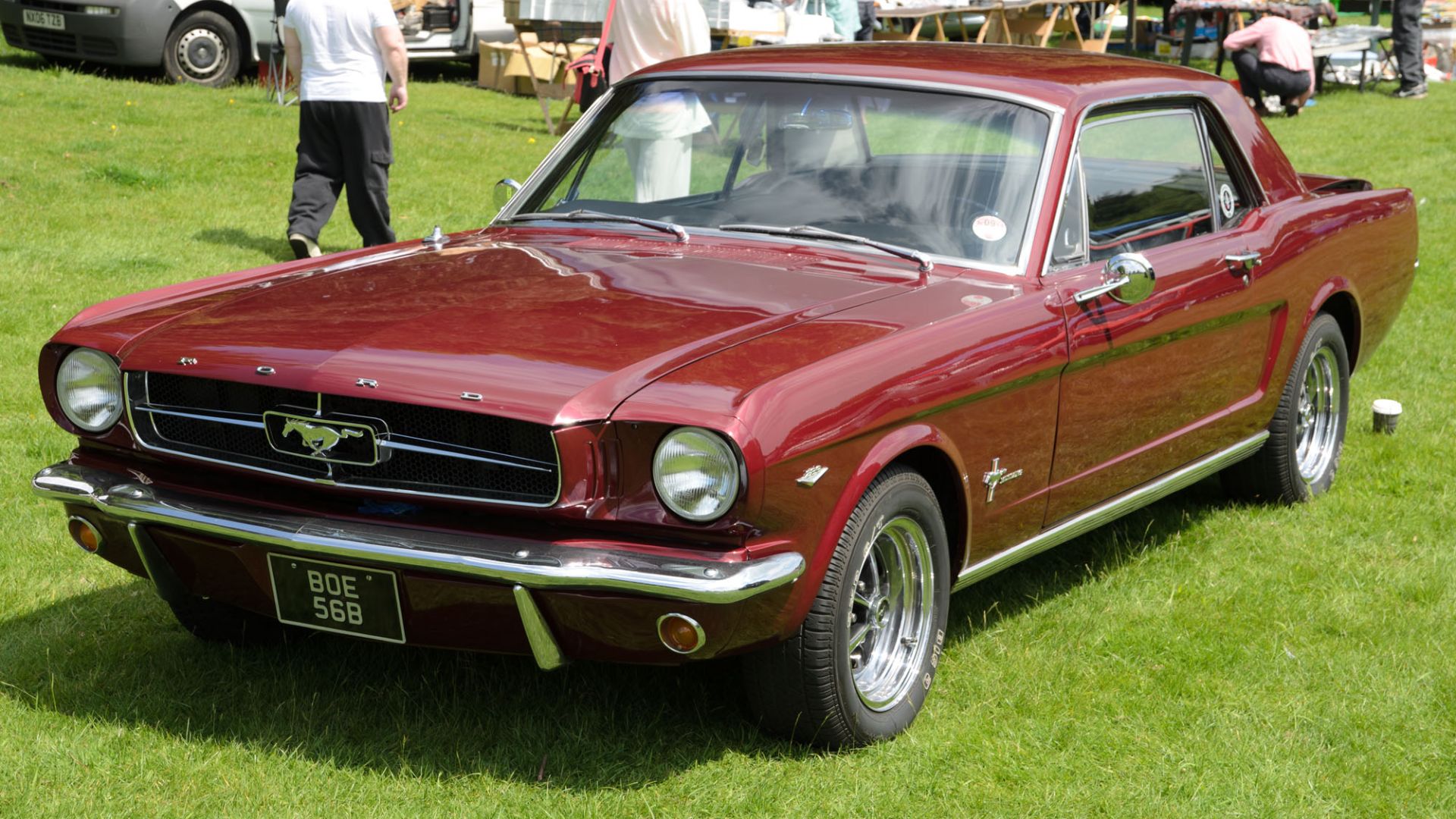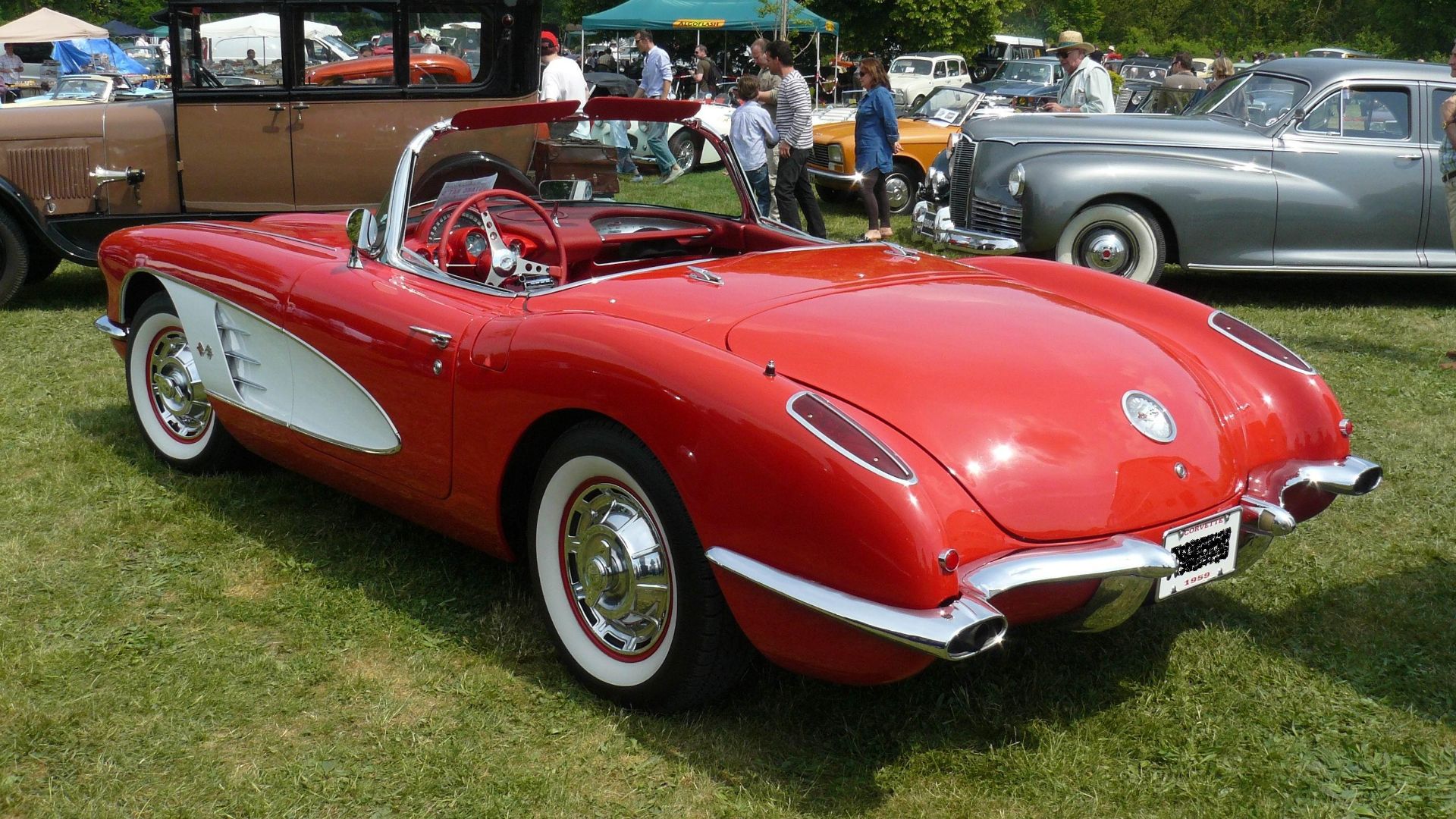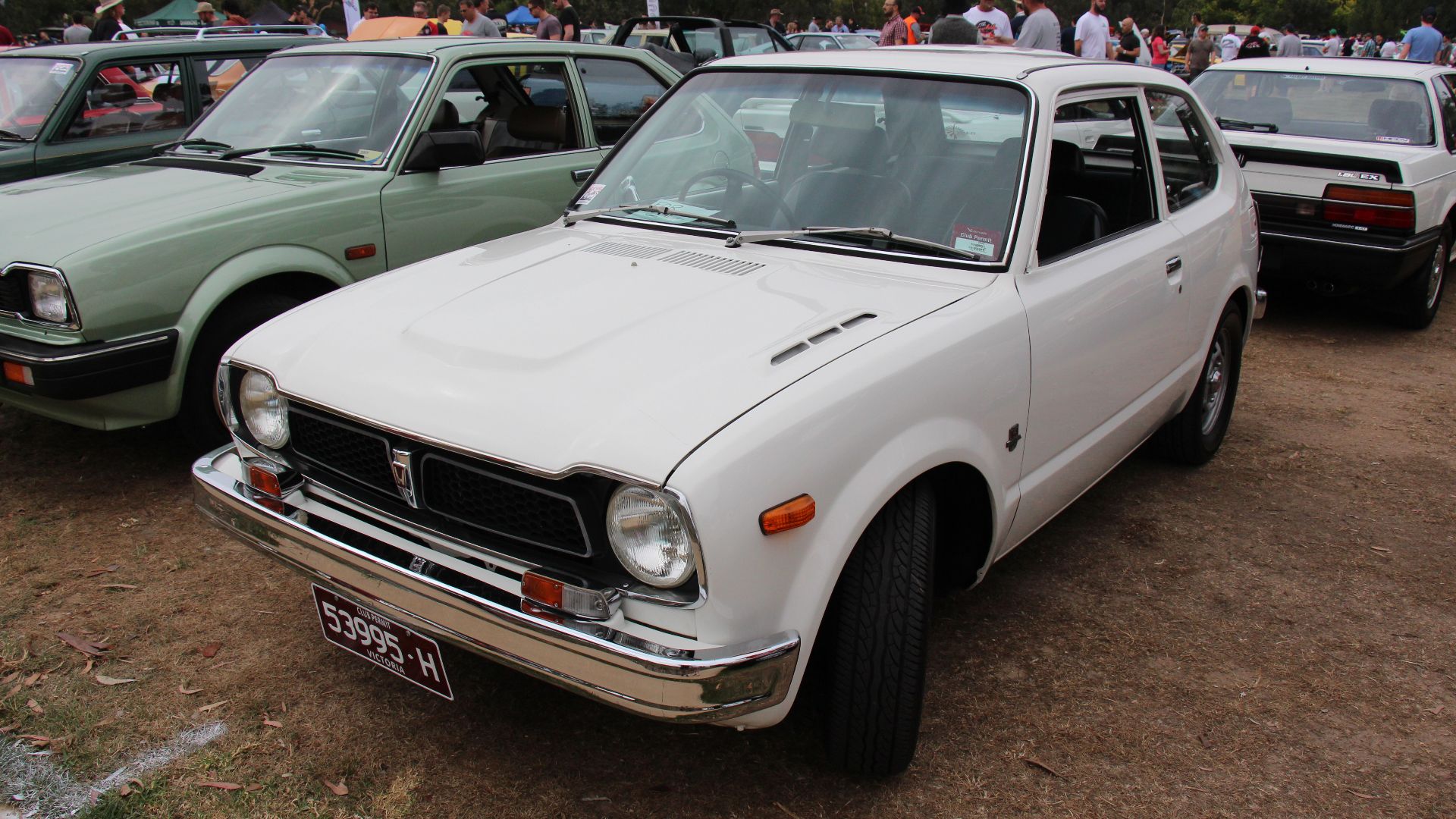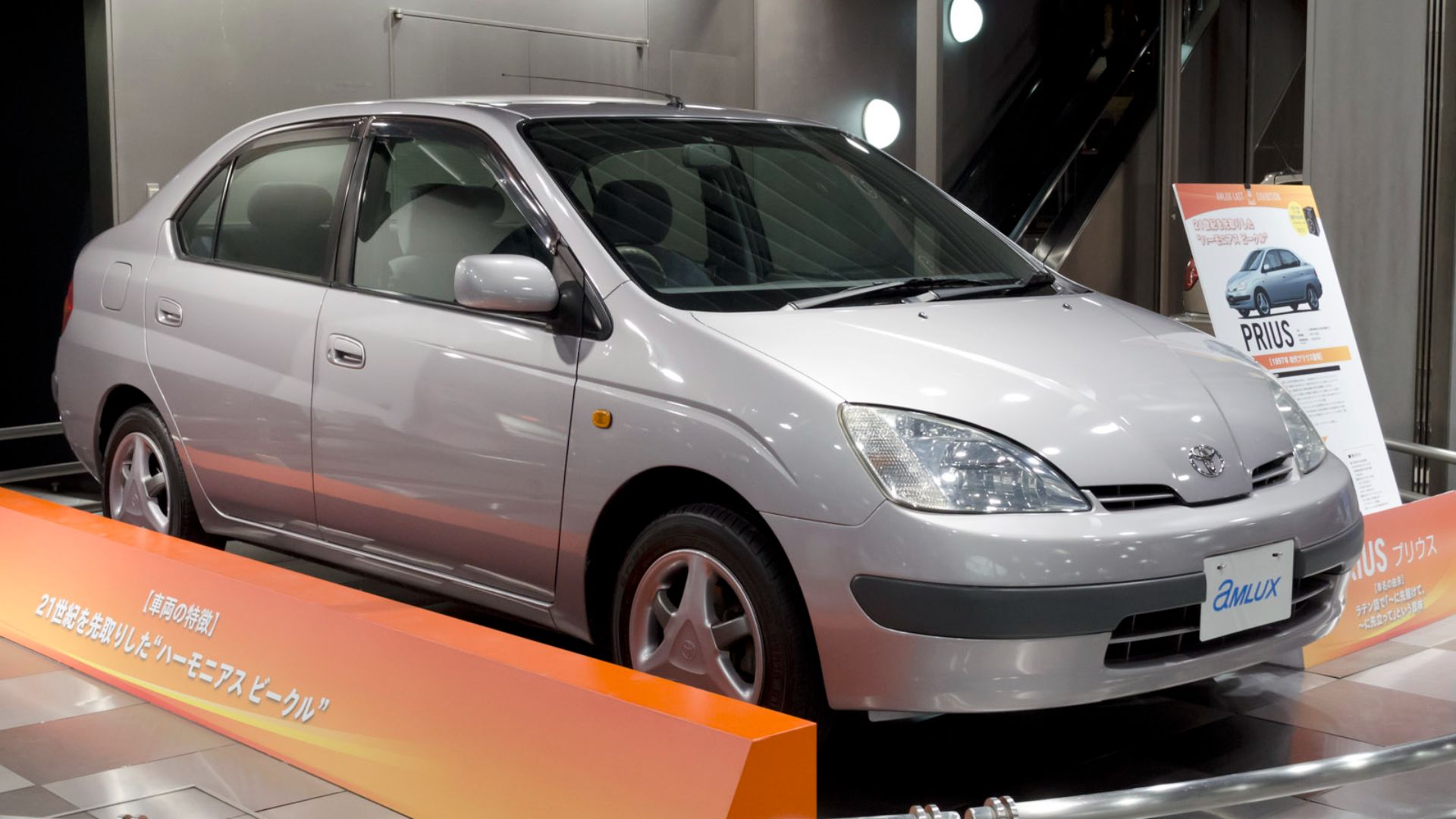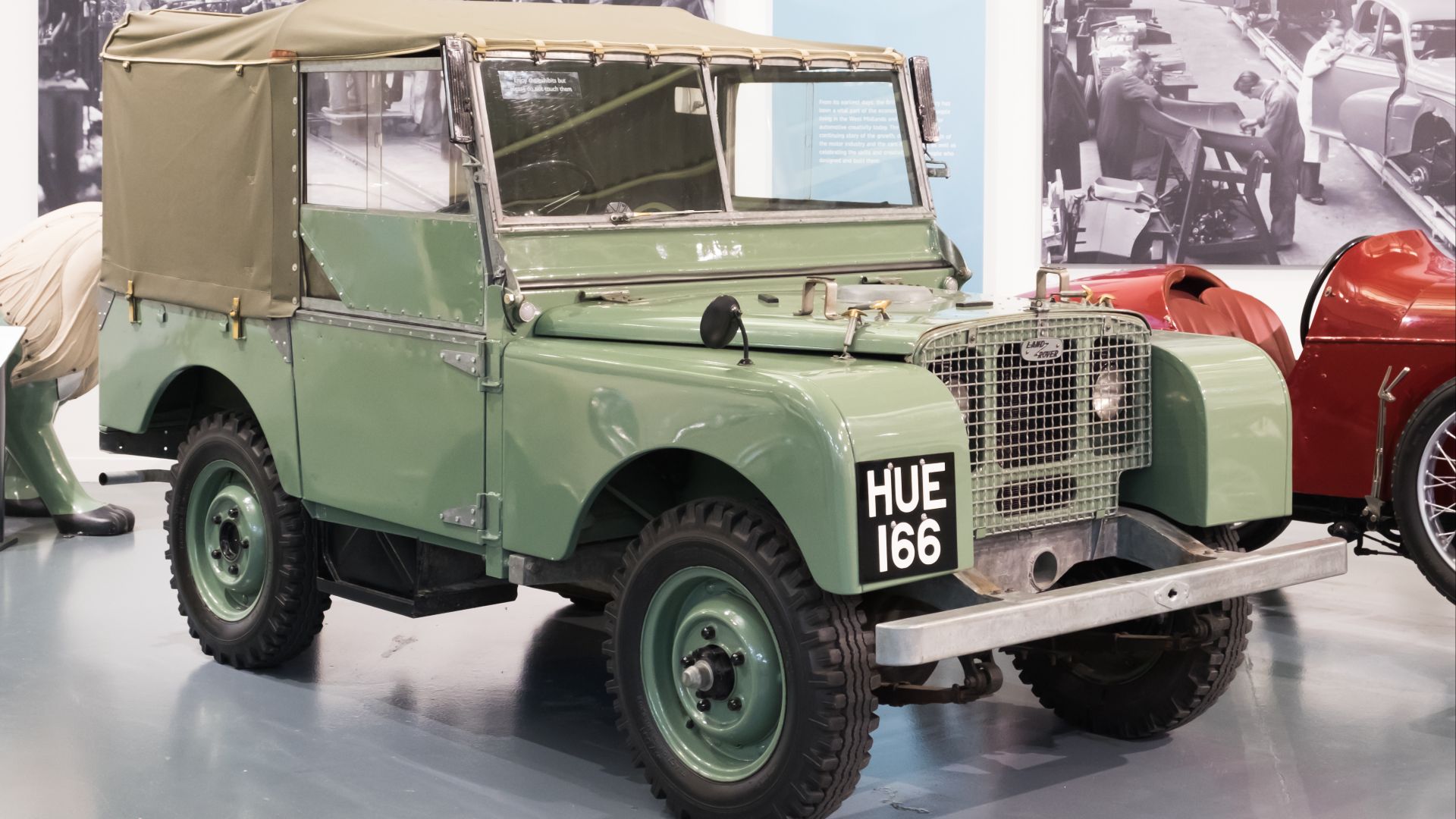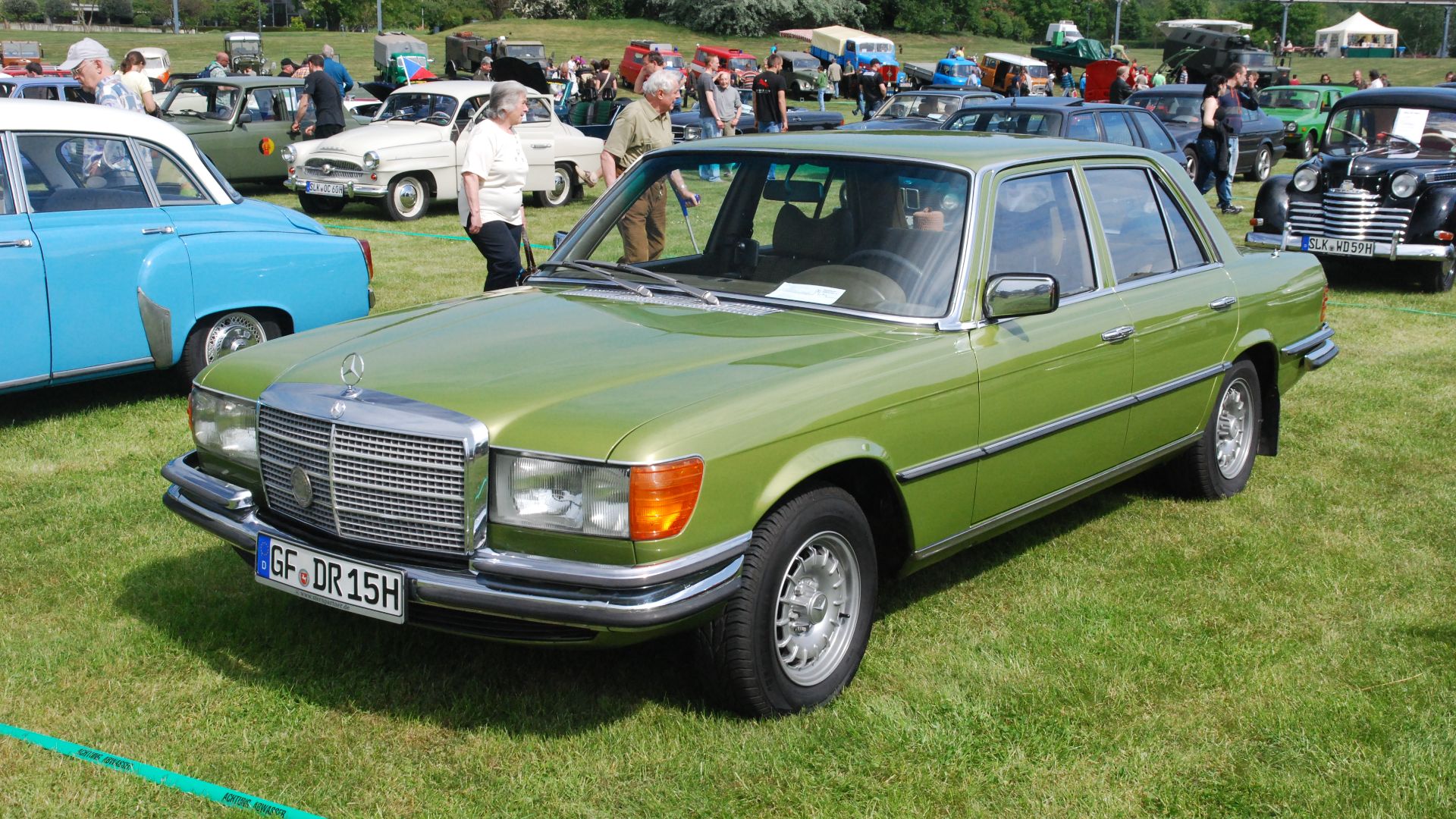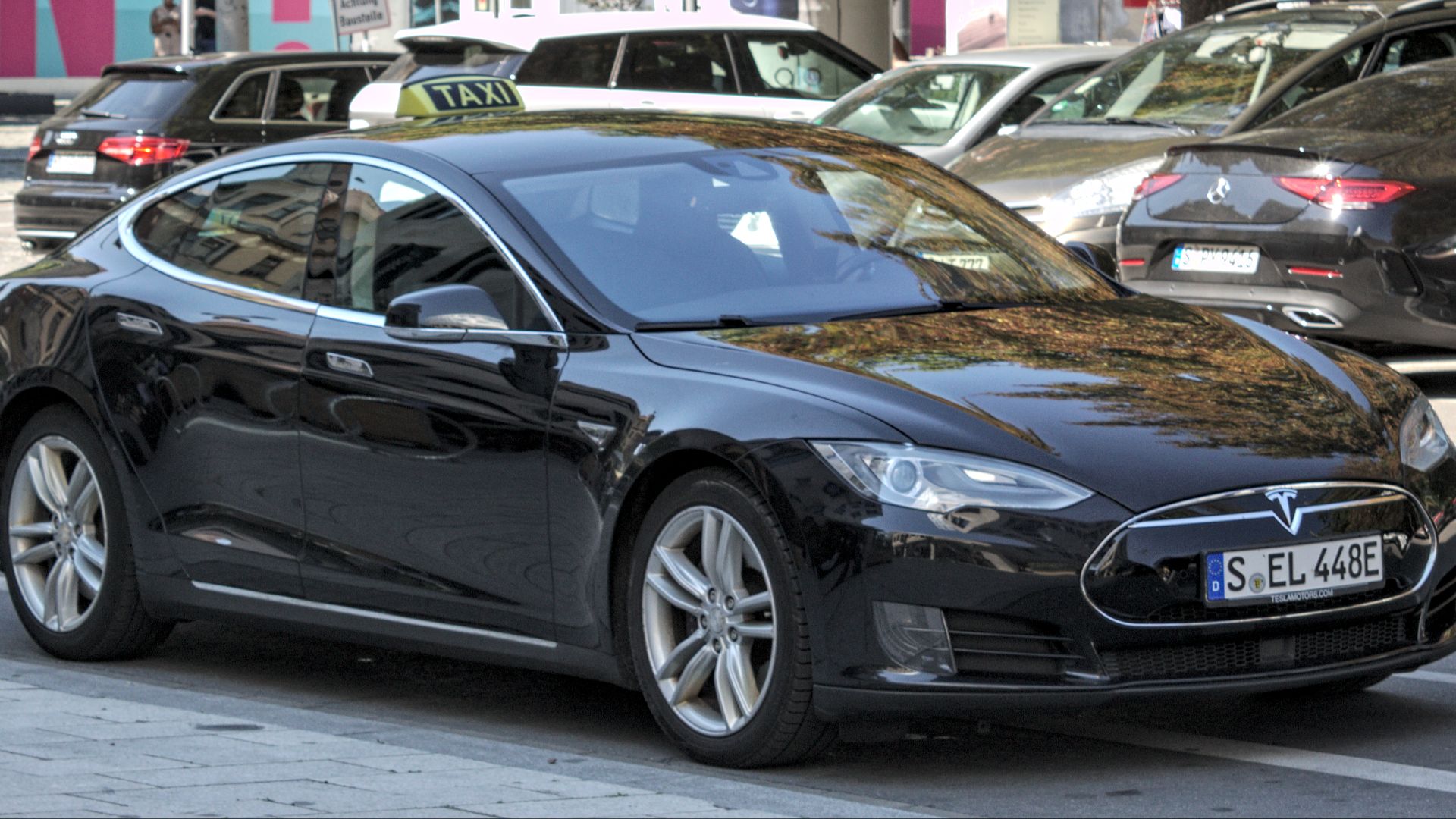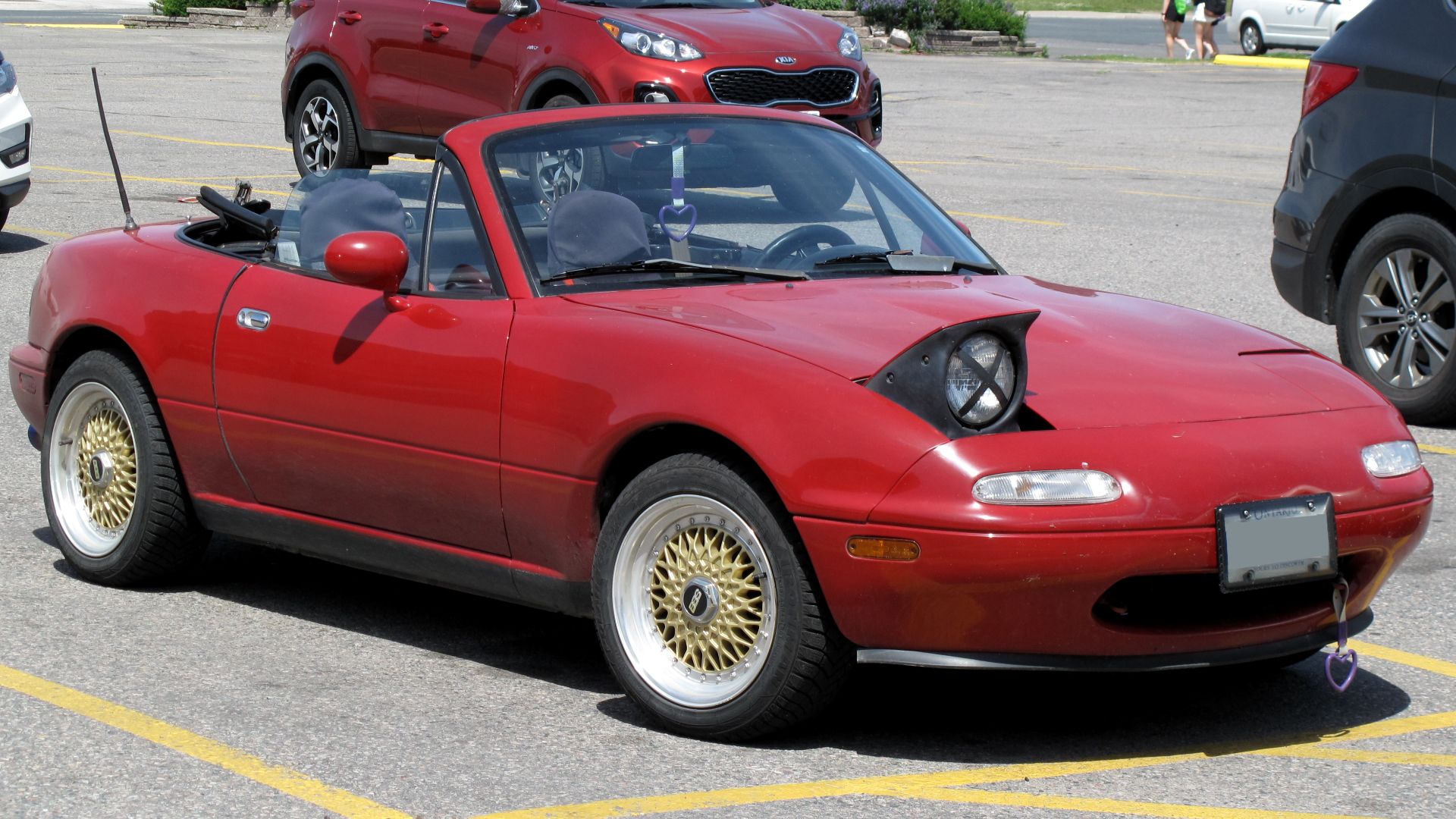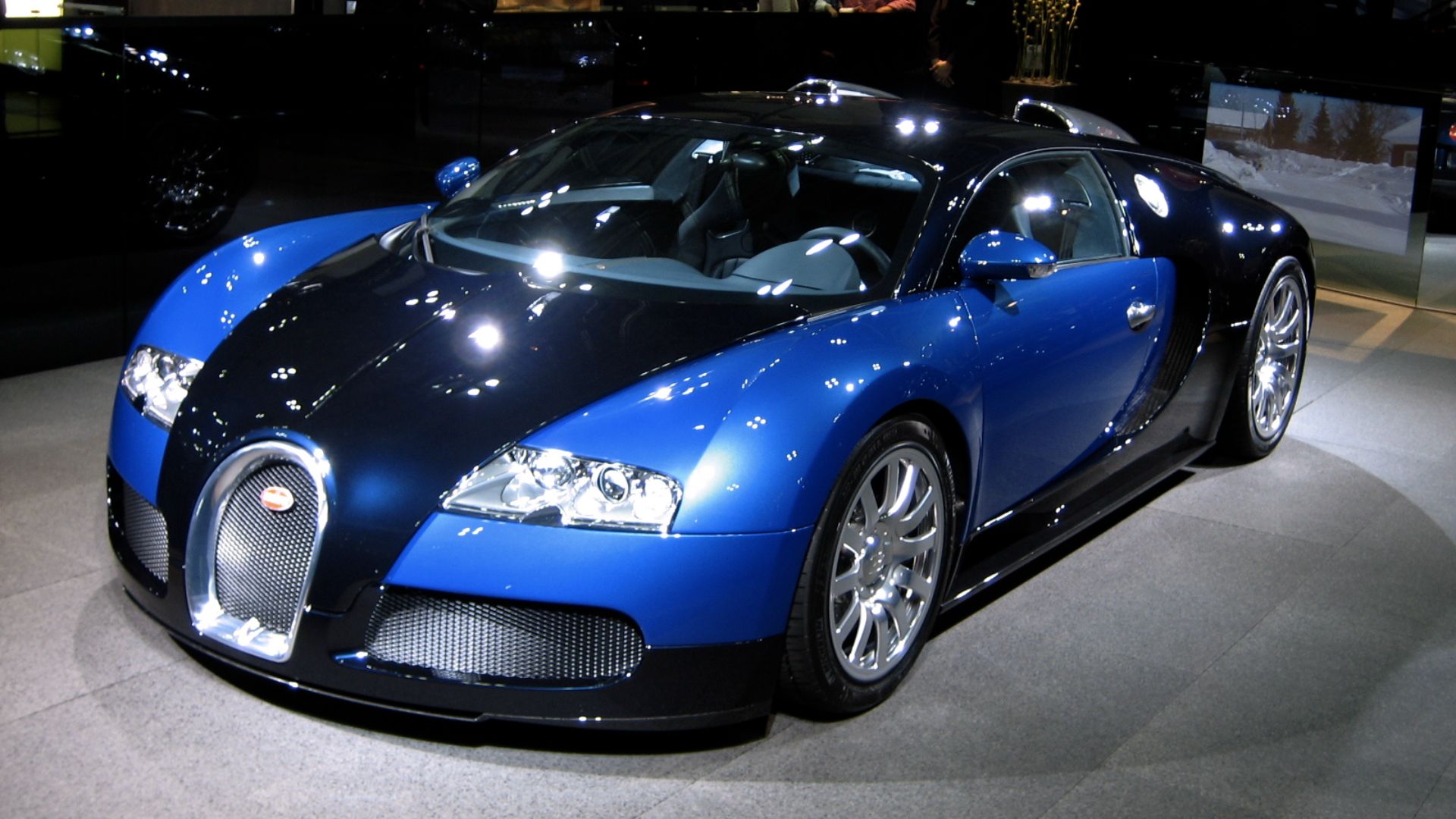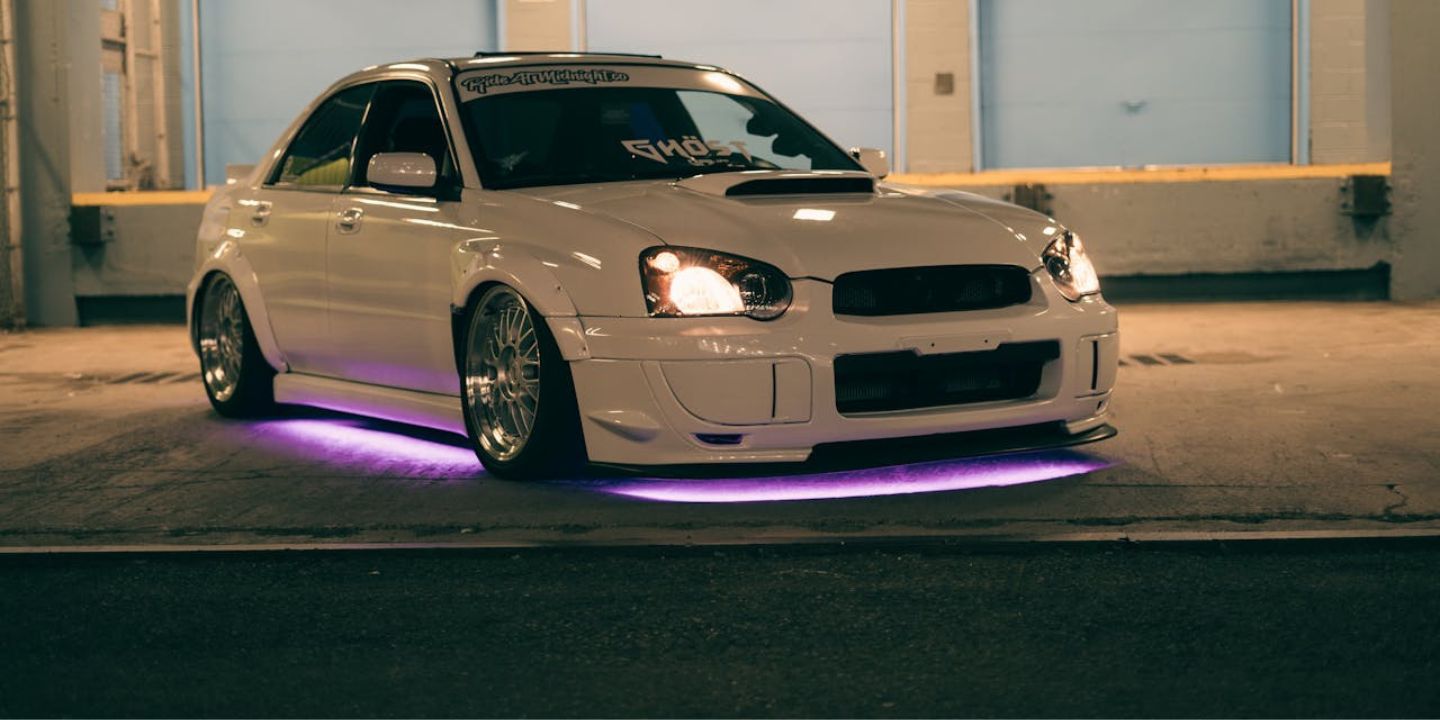Built To Break The Mold
Every now and then, a car rolls out that doesn't just blend in. It sparks something bigger, like a movement or a new direction in design for the entire industry going forward. As we look closer at key moments in automotive history, we highlight the 20 cars that made the biggest difference and changed the automotive world in bold and interesting ways.
1. Ford Model T
When Ford's Model T rolled off the line in 1908, it changed how your great-grandparents moved. Built using assembly lines, it brought personal cars to the masses, and workers could afford the cars they built with their $5 workday wage. By 1927, over 15 million had hit American roads.
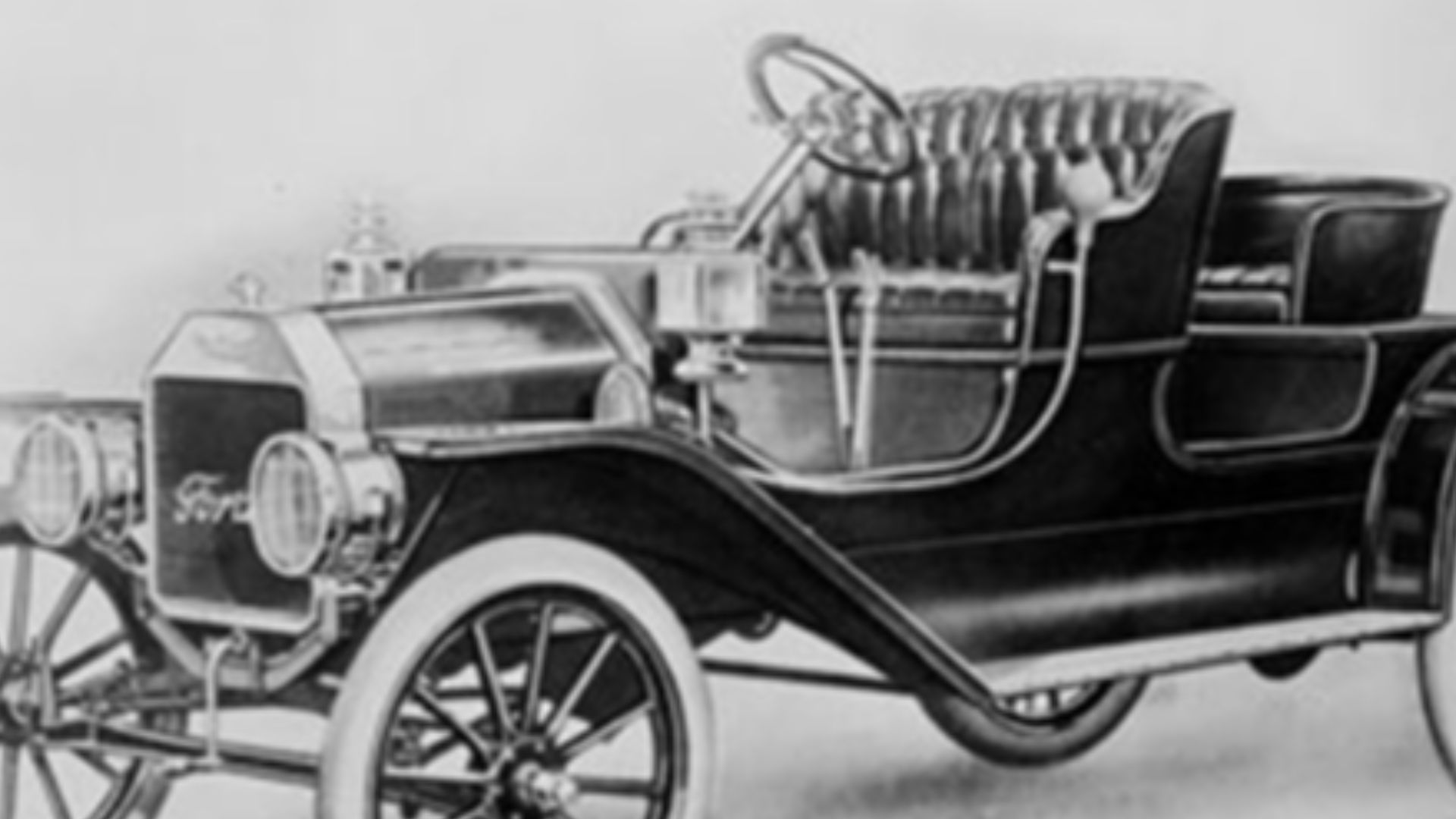 Unknown authorUnknown author on Wikimedia
Unknown authorUnknown author on Wikimedia
2. Volkswagen Beetle
Germany's Beetle earned international fame, and many loved it. Commissioned by Hitler and rebranded as the Volkswagen Beetle, it became a symbol of 1960s counterculture. Selling over 21 million units by 2003 proves its staying power. Its air-cooled engine gave drivers low-cost maintenance.
3. Mini (Austin Seven / Morris Mini-Minor)
Compact yet revolutionary, the 1959 Mini flipped engineering norms. Designer Alec Issigonis gave you a transverse engine with front-wheel drive and maximized space without bulking up. That layout influenced nearly every modern hatchback. The car also dominated Monte Carlo Rally circuits through the 1960s, punching above its weight.
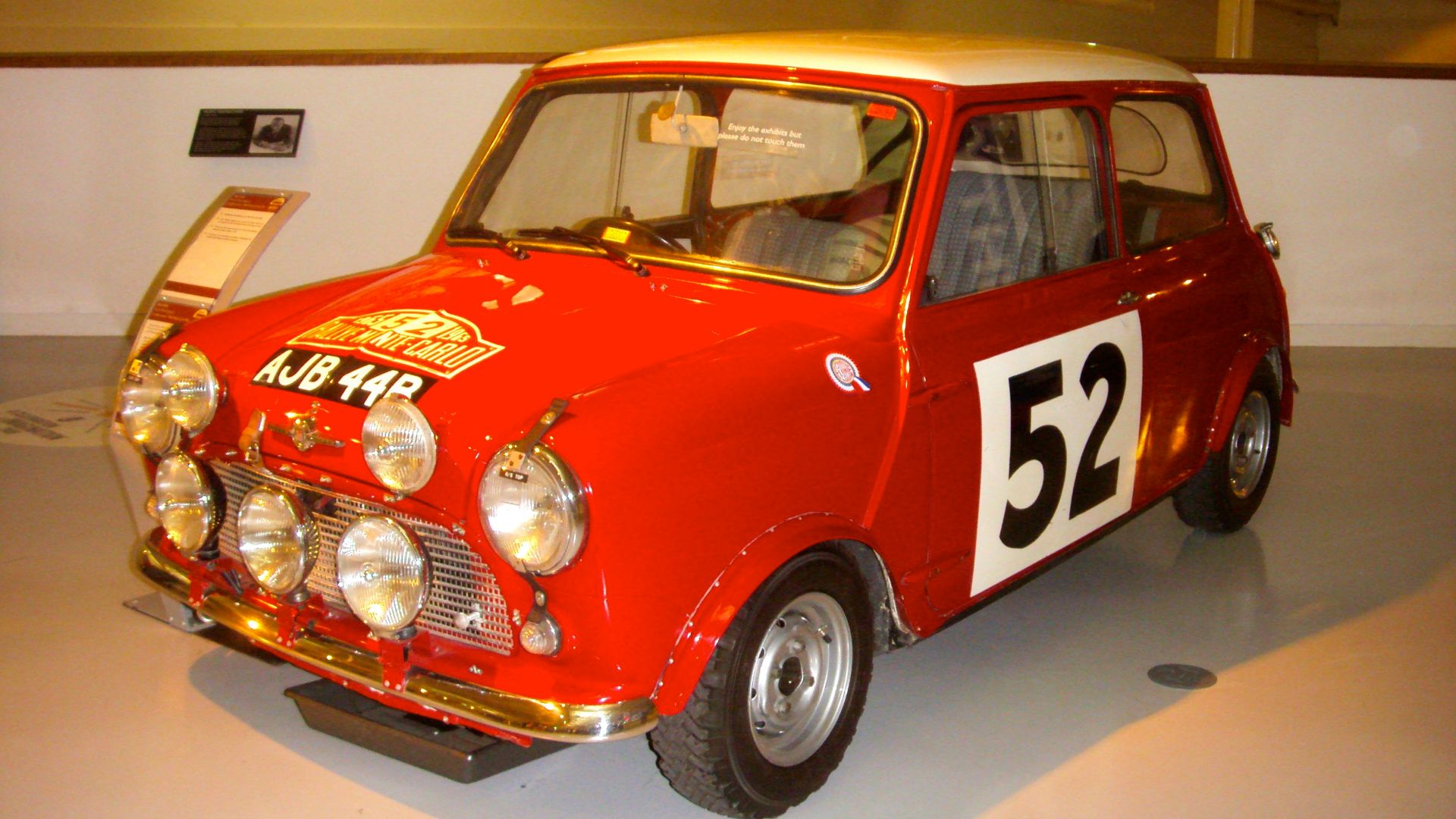 Mark Brown from Hampton, New Brunswick, Canada on Wikimedia
Mark Brown from Hampton, New Brunswick, Canada on Wikimedia
4. Citroën DS
This one looked like a spaceship. Introduced in 1955, the DS stunned with hydropneumatic suspension and sleek aerodynamics. French president Charles de Gaulle credited it with saving his life. Citroën's innovation here later shaped suspension systems in Rolls-Royce and armored vehicles alike.
5. Porsche 911
Speed met precision in 1964 when the 911 debuted with its rear-mounted engine and signature sloped roof. Porsche kept refining it but never replaced it. The 911's layout remains rare yet beloved. You'll still find that exact configuration winning GT-class races and holding resale value exceptionally well.
6. Toyota Corolla
The reliable Corolla began humbly in 1966. Before long, it conquered markets from Lagos to Los Angeles. Simplicity and durability sold it. By its twelfth generation, Toyota had global production hubs on five continents. This kept supply high, repair costs low, and parts easy to find.
7. Ford Mustang
Roaring onto the scene in 1964, the Mustang ignited a new breed called the pony car. America couldn't resist an affordable muscle with sleek curves. Its launch sold over 400,000 units in the first year alone. Carroll Shelby's later GT variants made it feared on tracks, too.
8. Chevrolet Corvette
Every country has a dream car. America built theirs—the Corvette—in 1953 and never looked back. With fiberglass skin and V8 power, it stood for innovation and edge. GM's decision to switch to mid-engine with the C8 in 2020 proved it was still setting benchmarks.
9. Honda Civic
Launched during the 1973 oil crisis, the Civic gave drivers fuel efficiency without sacrificing reliability. Early models passed strict U.S. emissions laws using the CVCC engine. That innovation avoided catalytic converters. It later laid the foundation for VTEC engines and Honda's global expansion in the 1980s.
10. Toyota Prius
Back in 1997, hybrid cars were a gamble, but Toyota's Prius proved it could work by blending a gasoline engine with electric power in real-world conditions. It used nickel-metal hydride batteries long before lithium became standard, and Japan's roads became a testbed for global eco-mobility.
11. Jeep CJ
Derived from the military Willys MB, the postwar Jeep CJ hit civilian roads in 1945. Built tough, it introduced the idea of a go-anywhere 4x4 for daily use. The rugged ladder-frame chassis and part-time 4WD layout influenced nearly every SUV platform that followed.
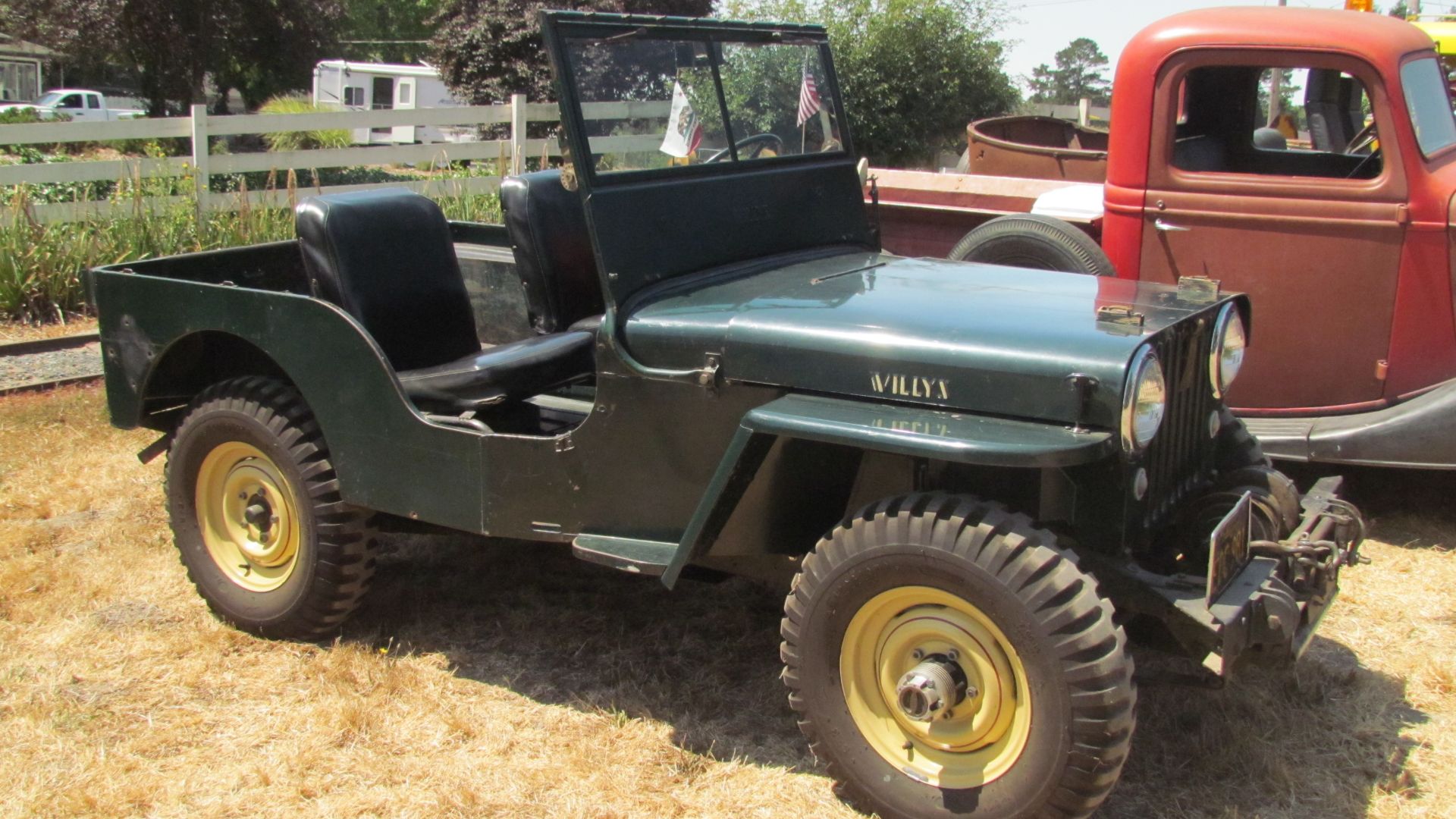 David Berry from Rohnert Park CA, USA on Wikimedia
David Berry from Rohnert Park CA, USA on Wikimedia
12. Land Rover Defender
The Defender was both an agricultural tool and a global explorer. Launched in 1948, it handled everything from Saharan dunes to Scottish farms. Its boxy design simplified repairs in the field, and safari guides and humanitarian convoys all kept one close at hand.
13. Mercedes-Benz S-Class
Luxury and safety met head-on in the S-Class. The 1972 W116 introduced anti-lock brakes, and later versions gave you electronic stability and adaptive cruise control first before rivals even dreamed of them. Today's safety testing protocols often trace back to benchmarks set by this line.
14. Tesla Model S
Launched in 2012, the Model S rewrote the rulebook for electric cars. It was fast, and its skateboard chassis layout and dual-motor setup reshaped EV packaging. Battery range became performance-enhancing, not limiting, and the charging infrastructure had to expand just to keep up.
15. BMW 3 Series
In 1975, the E21 birthed the 3 Series and carved out a new class that gave both luxury and sport. Newer E30 models introduced xDrive and perfected near-50:50 weight balance. These engineering traits helped BMW dominate compact executive sales through the 2000s.
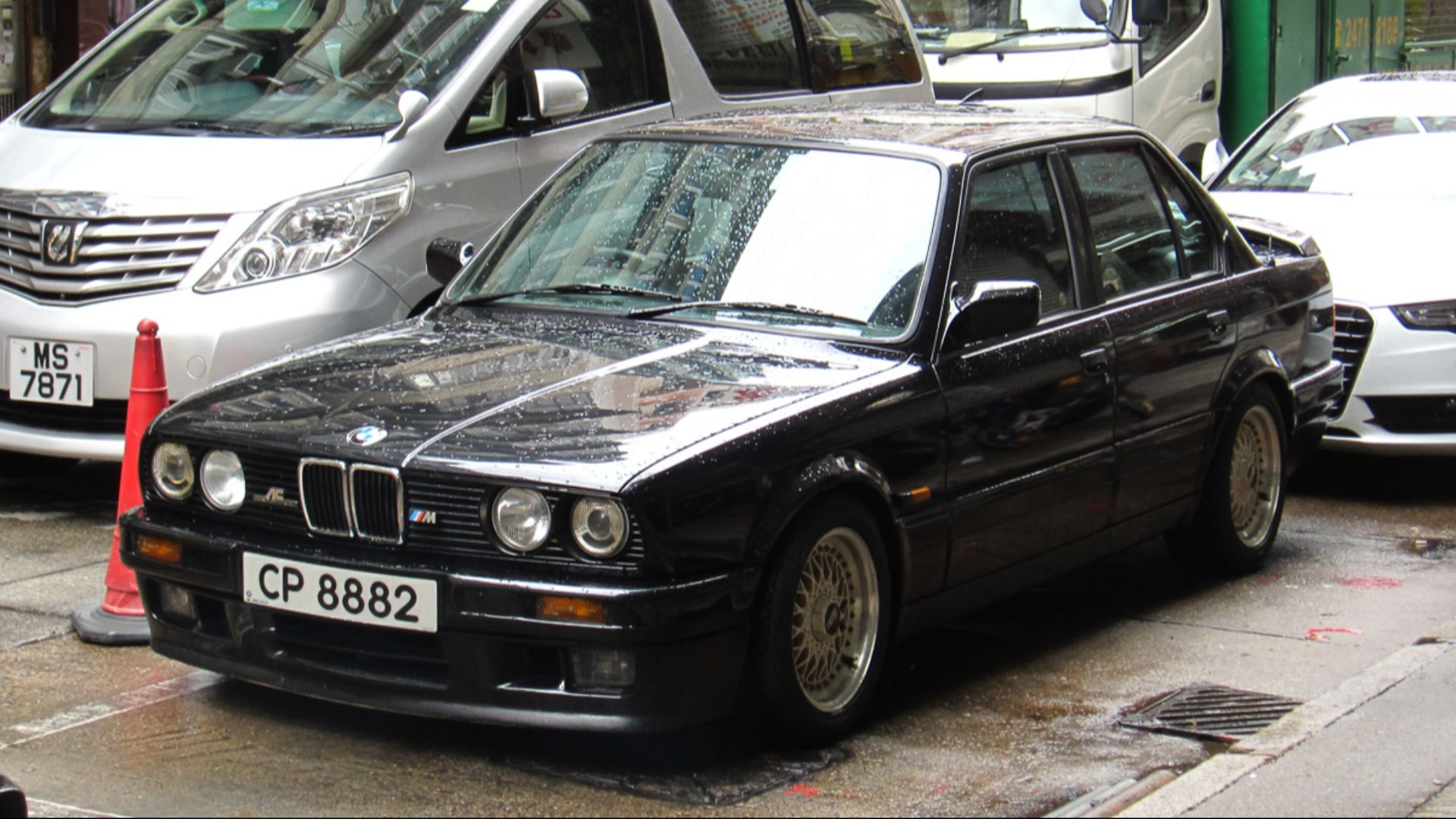 Rutger van der Maar on Wikimedia
Rutger van der Maar on Wikimedia
16. Nissan Leaf
It was not a concept or a luxury but a fully electric hatchback ready for the masses. The 2010 Leaf gave you quiet city driving and zero emissions at a modest price point. Governments used it in fleet programs, and charging networks grew partly because demand justified installation.
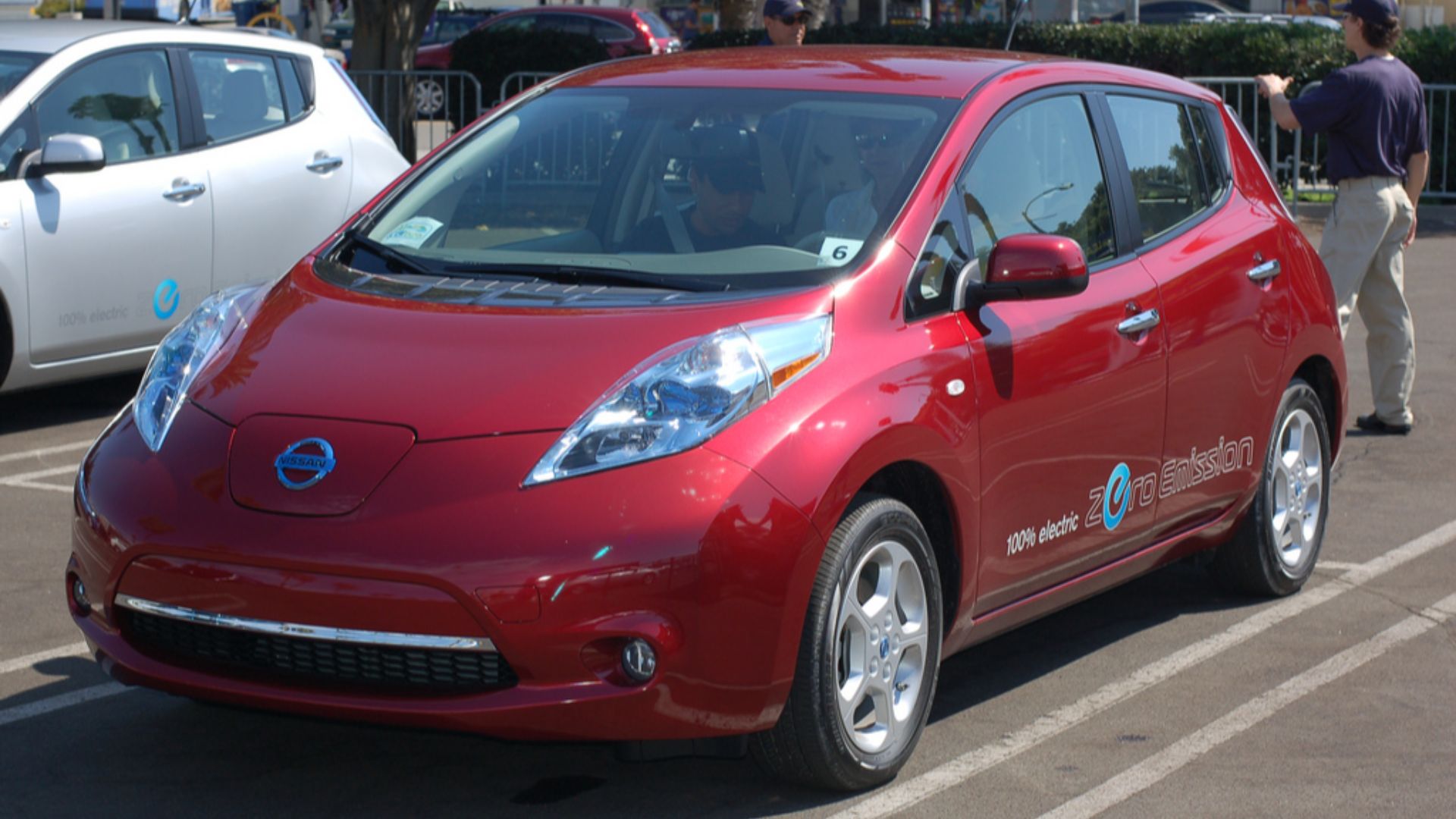 User: KF6OAK (Richard Kelly) on Wikimedia
User: KF6OAK (Richard Kelly) on Wikimedia
17. Audi Quattro
Debuting in 1980, the Audi Quattro forced rally teams to rethink traction. Its permanent all-wheel-drive system wasn't just rugged but fast. Drivers like Walter Röhrl dominated Group B events with it. Today, Audi's "Quattro" remains a core identity that influences everything from coupes to SUVs.
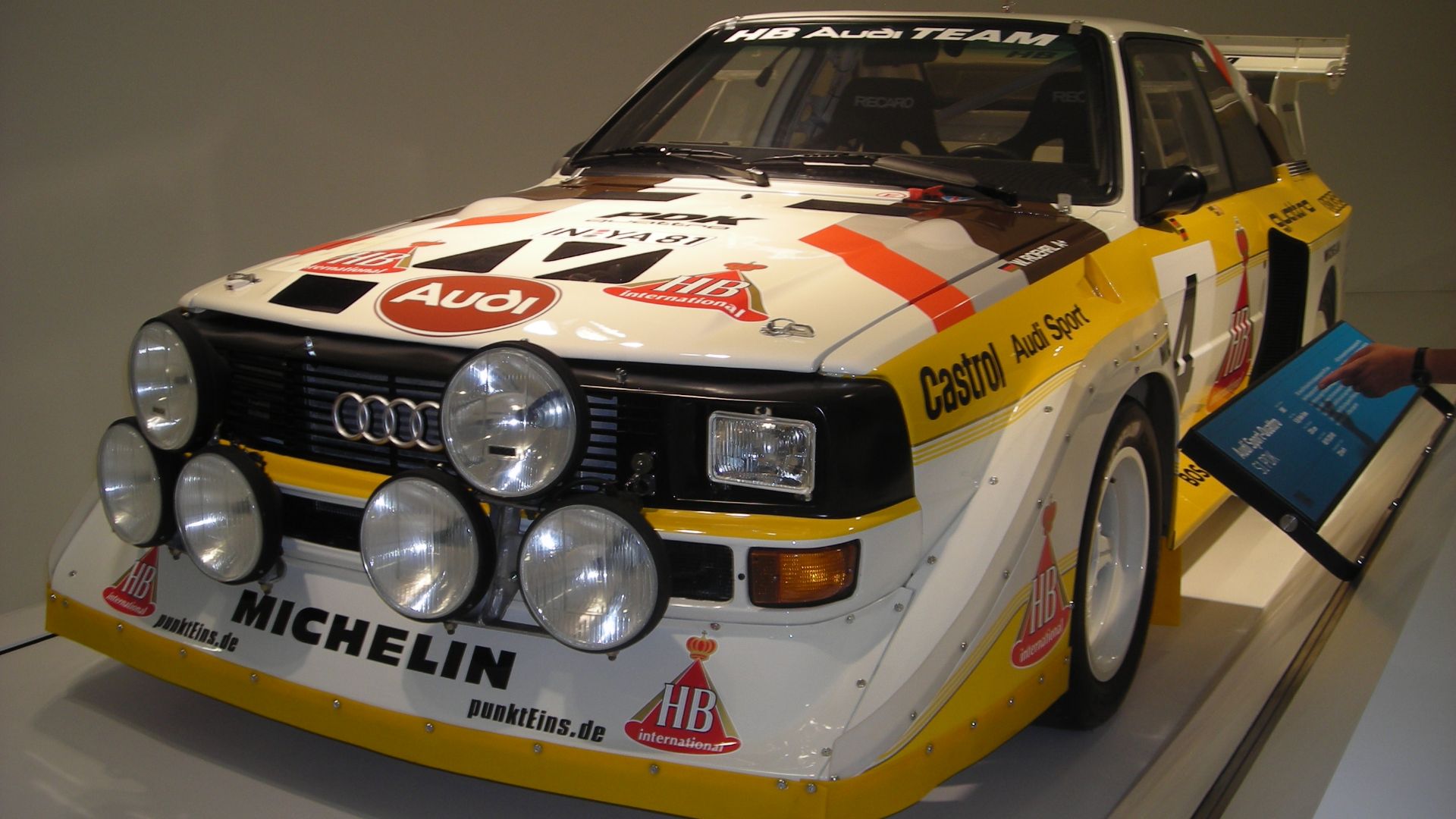 Guillaume Vachey from Chalon sur Saone, France on Wikimedia
Guillaume Vachey from Chalon sur Saone, France on Wikimedia
18. Mazda MX-5 Miata
Lightweight fun returned in 1989 when Mazda released the MX-5. Inspired by British roadsters, it featured near-perfect weight distribution and double-wishbone suspension, and enthusiasts embraced it instantly. Over a million units sold make it the best-selling two-seater sports car in history—no other roadster comes close.
19. Chrysler Minivan
Lee Iacocca saw what American families truly needed—space, sliding doors, and a flat floor—so Chrysler delivered the minivan in 1984. The K-platform kept it affordable, and sales soared. It redefined parenting on wheels and influenced school drop-offs and weekend camping trips for decades.
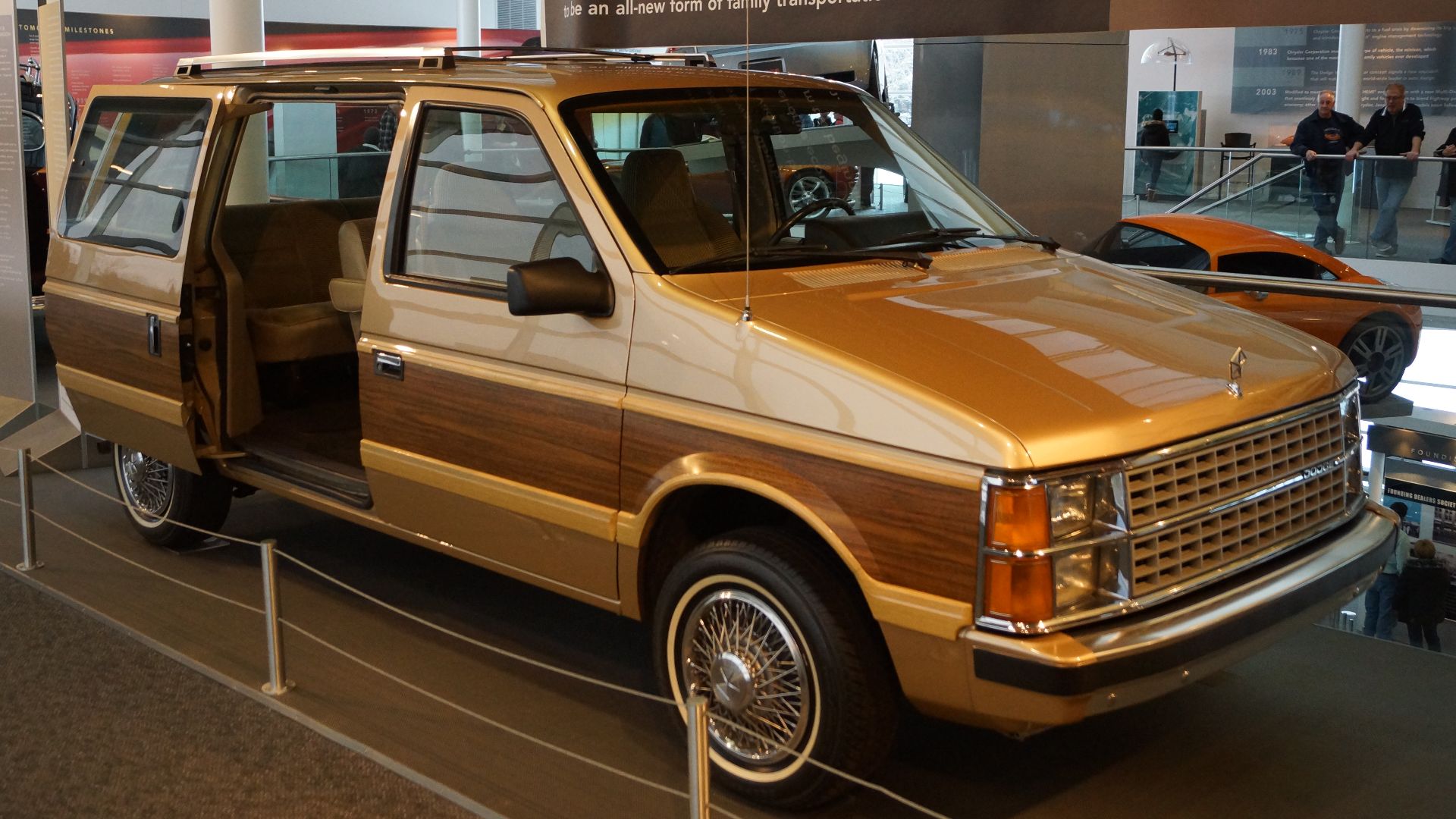 Greg Gjerdingen from Willmar, USA on Wikimedia
Greg Gjerdingen from Willmar, USA on Wikimedia
20. Bugatti Veyron
Chasing 250+ mph in a road car felt insane until the Veyron delivered it in 2005. Powered by a quad-turbo W16, it needed ten radiators just to stay cool. VW built it at a loss, and this proved that engineering ambition could trump business logic.


